I have had a long love affair with India, and had many adventures there. However, I had not been back to India since I organized a cultural exchange and exhibition of Aboriginal bark paintings for the Australian and Indian Governments at the Crafts Museum, New Delhi in 1999. Michelle Obama visited the Museum recently and loved it, and I was also very pleased to see it remained one of the great cultural institutions in India.
I had been asked to India by Christine Townend (who founded Animal Liberation in Australia in 1976) to visit two animal shelters she and her husband Jeremy started in the foothills of the Himalayas at Kalimpong and Darjeeling, a “hill station” I had always wanted to visit.
KALIMPONG: Kalimpong Animal Shelter (KAS) was built on an acre of land on the outskirts of the town in 1995. It is an incredibly beautiful setting with lovely trees and views. The various buildings sit discreetly throughout the site – the clinic where people bring their animals, shelters for animals being treated, and a variety of accommodation for the vet and volunteers. After the heat of Calcutta/Kolkata, the temperature was very pleasant.
It can sometimes be exhausting just posting a letter in India, so how Christine and Jeremy Townend have purchased land, built all the facilities, secured funding, and set up and staffed two shelters, leaves me in absolute awe, and I want to help them in any way I can. Most importantly, with their dog programs in Kalimpong where KAS operates, the incidence of human rabies has been almost, if not completely, eliminated. However, in the remote villages rabies remains a serious problem. The ABC (animal birth control program), has resulted in fewer but much healthier dogs.
One day we visited one of the “camps” that KAS routinely sets up in outlying villages where people bring their animals for examinations, treatments, sterilizations and vaccinations. They are advertised in advance, and the vet and staff work all day. In the towns on an ongoing basis KAS catch roaming mangy dogs, treat, spay and vaccinate them, and drop them back where they found them. We went on several lovely walks, and Christine was always on the look out for mangy or neglected and as yet untreated dogs. Many people bring their animals into the clinic, and there is now a much better respect and care for animals.
In India, people outside of the big cities seem to maintain a strong sense of community in their villages which many of us have lost, and they also seem to be less alienated from nature and live in close proximity to their animals, many of which they utilize – goats, cows and farmyard animals and birds. Of course it is easy to romanticize their lives – the splash of brightly coloured saris of the women in the field, but the reality is they work extremely hard for little return, many young people leave for the cities, and lives in the villages seem untouched by the extraordinary economic progress of the last decades.
After a few days in Kalimpong we drove for several hours through spectacular mountain scenery and precipitous tea plantations to Darjeeling. Both towns are perched on ridges and steep inclines, and roads, laneways and alleys are narrow and congested, and many of the people are Nepalese and Tibetan. I read a fascinating book that explained much of the history of this still very contested Northern Frontier region – the biography by Patrick French of the British soldier Francis Younghusband, who amongst many extraordinary explorations and exploits enthusiastically led a not very successful British invasion of Tibet in 1904. The book was a great history lesson on India and Tibet, and the imperial ambitions of Britain, China and Russia.
DARJEELING: The Darjeeling Animal Shelter (DAS) which opened in 2007 is on the outskirts of town, smaller and in a more urban environment, but again, an attractive site with views of the mountains and valleys. It was Diwali (Festival of Lights), and this particular day was Kukur Tihar – Honour a Dog Day – and all the dogs (and cats, so they didn’t feel left out) -were garlanded with marigolds and pink tikas on their foreheads. Isn’t that a beautiful idea and celebration? It was just so gorgeous and I fell in love with several puppies and kittens, most of whom were trying to sit on Christine’s lap at the same time. Again, all the staff were so friendly and the animals so lovingly and beautifully looked after.
HOW CAN WE HELP?: The resident vet is leaving after several years and going to the USA, and Christine and Jeremy Townend will soon need a vet urgently. Does anyone know a vet who would like to volunteer? I can assure them it would be the proverbial experience of a lifetime! The Animal Shelters have the most loyal international supporters and donors. Animaux Secours (Arthaz France) have provided core funding for Help In Suffering (HIS) and KAS since their inception, and One Voice (France) funded the building and running costs of DAS. But any donations are most welcome, indeed necessary! I’m going to make a donation to feed some of the dogs not adopted out that live at the shelters, like three-legged Lolly. To view Christine’s Working for Animals Inc see: www.workingforanimals.org.au
Christine was Managing Trustee (and later Chair of Trustees) of the HIS Animal Shelter in Jaipur, and she and Jeremy Townend lived and worked there for 17 years. They are now involved in the founding of the HIS Camel Rescue Centre on the outskirts of Jaipur, and I hope to visit next year.
CHRISTIAN: Christian’s story is not well known in India, and I only mentioned it once. My young guide was very knowledgeable about animals, and when I said I had been lucky enough to meet George Adamson in Kenya and spend time with him and his lions, he had never heard of George, and was completely uninterested. When I left I gave him my favourite book – Christian the Lion’s scrapbook, and shyly pointed me out, explaining it was 40 years ago. He flipped through it in a desultory way in a few seconds and then, without commenting, rolled it like a newspaper, and that was it! So I still don’t know how Indians would react to Christian’s story – although as many worship Ganesh the Elephant (amongst many other gods), Christian’s story could capture their imagination.
How India juggles so many such seemingly impossible obstacles so marvellously astounds me –
Ace Bourke

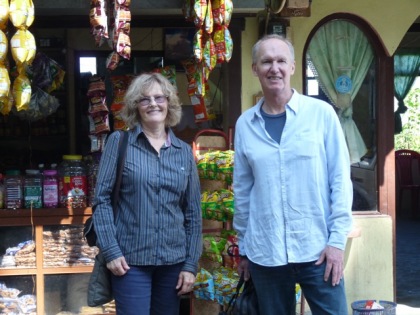



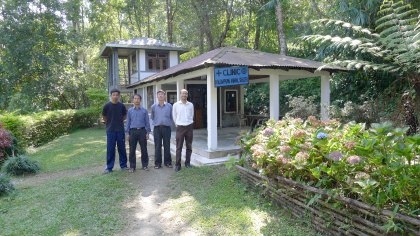
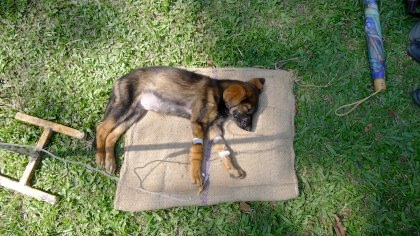
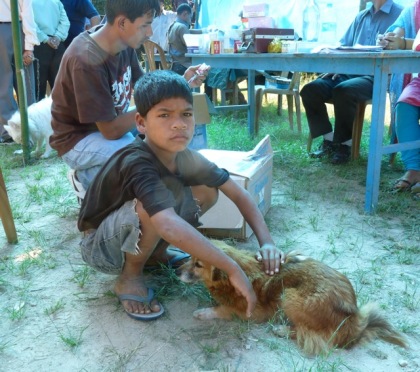
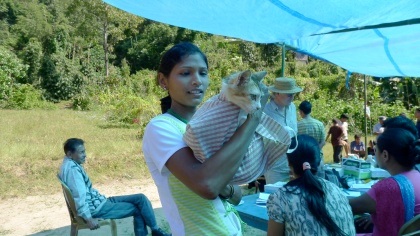
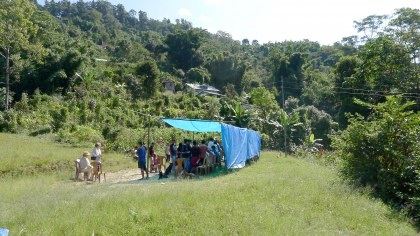
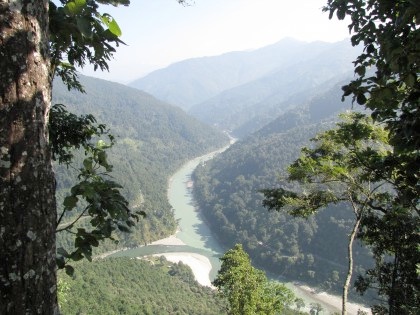




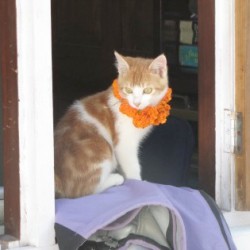
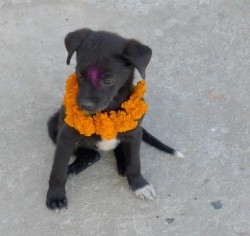
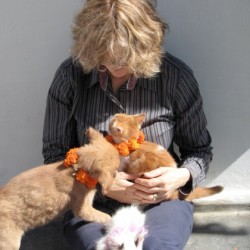

Leave your comment to Cancel Reply